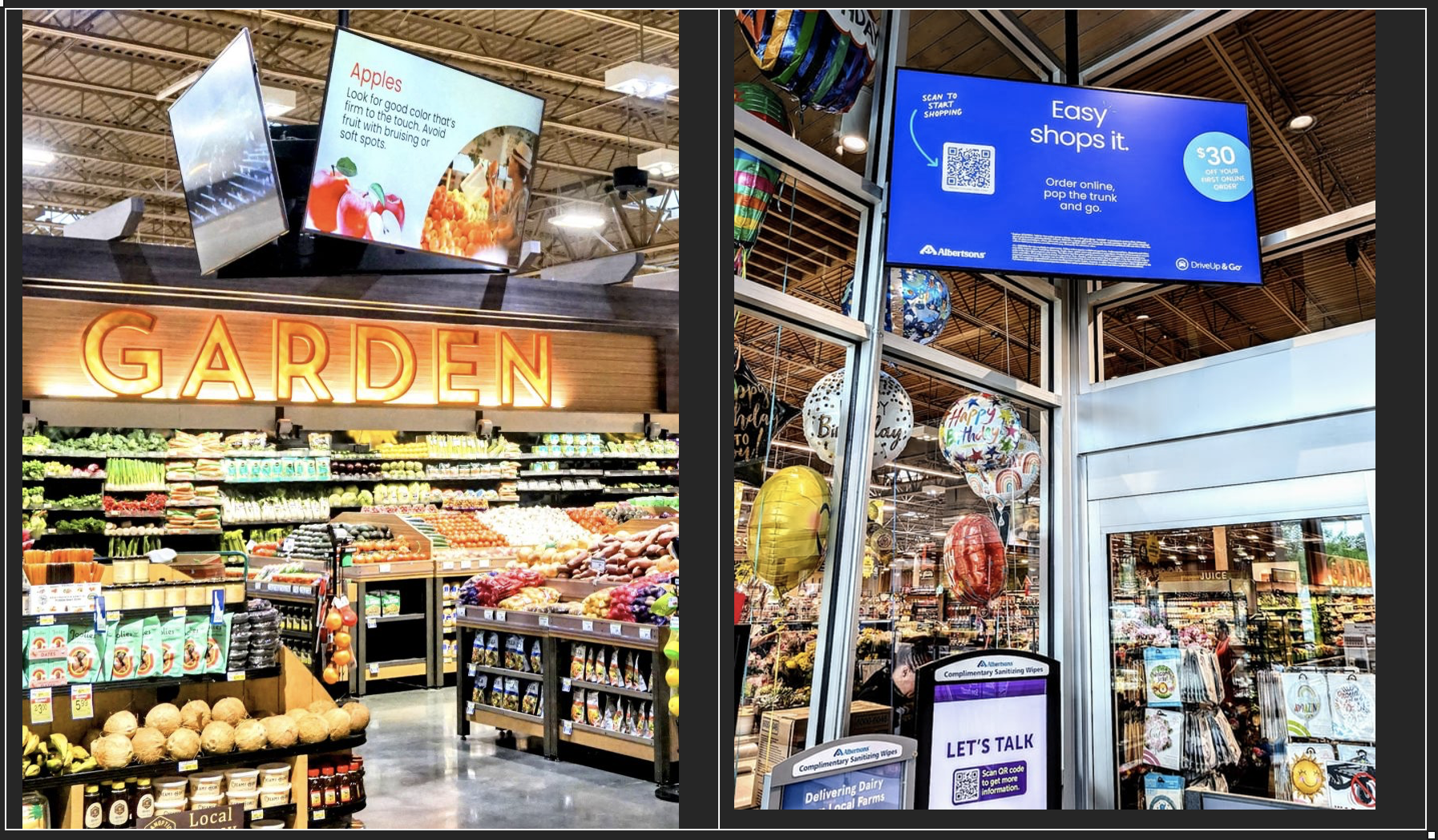For the first time anywhere, a majority of retail sales for an entire country will transact online. That’s according to a forecast from eMarketer that suggests that 52.1% of China’s retail will come from ecommerce in 2021, up from 44.8% last year.
For almost every other country in the world, this datapoint remains far out of reach. The country with the next highest rate of ecommerce as a share of total retail sales is South Korea, which we project will transact 28.9% of its sales online this year.
In the US, the figure will be just 15.0%, and the average among Western European countries will be 12.9%.
Despite the US remaining just ahead of China in overall retail sales ($5.506trn against $5.130trn in 2020), China will outpace the US by nearly $2trn in ecommerce this year.
eMarketer says that several factors can be credited for the recent boom that pushed ecommerce over the 50% share threshold in China. Social commerce grew by 44.1% in the country in 2020 last year and will grow by another 35.5% this year, reaching $363.26 billion. By comparison, social commerce in the US will be just $36.09 billion this year.
WeChat’s Mini Programs have also helped. As ubiquitous as Tencent’s super app has been in China for nearly a decade, it was only recently that its interface began to skillfully facilitate third-party ecommerce. Mini Programs allow businesses to better leverage WeChat’s user base and have proven to be extremely popular among both merchants and consumers.
Meanwhile Pinduoduo (PDD, a groundbreaking group-buying-meets-social-networking phenomenon, has shot up from a 0.5% market share in 2016 to a projected 13.2% of China’s ecommerce market this year (Alibaba will claim 50.8% and JD.com will have 15.9%). PDD unlocked China’s rural ecommerce participation more effectively than any other platform.
Livestreaming ‘Live Commerce’ is almost by definition a social media activity, but in first instance the traditionally non-social Alibaba properties led the way on livestreaming commerce. Eventually, however, everyone else jumped on the bandwagon, and the organically video-centric platforms like Douyin have an obvious edge going forward.
The coronavirus has also been key. Although China suppressed the coronavirus threat far more quickly than did any other country – and has been operating with a mostly normalized economy for almost three consecutive quarters – it is still true that consumer behaviour was altered last year. Online grocery shopping surged thanks to the virus lockdowns, and this preference may prove to be sticky over the long term.
Going forward, the research anticipates more of the same from China. In 2022, the analysts project ecommerce sales growth of 11.0%, and that its share will reach 55.6% of total retail. The $3 trillion threshold for ecommerce sales should be breached as well (we forecast $3.085 trillion for next year).
“Only two things will prevent nearly endless standout ecommerce expansion,” says eMarketer forecasting writer Ethan Cramer-Flood, of Insider Intelligence. “Firstly, China’s overall retail sales growth is expected to be far more constrained in the coming years than it has been over the past decade, as China’s economic engine is not what it once was. And second, several hundred million people in China are not yet online at all, and thus growth from these consumers will have to wait until a little later down the line.”









